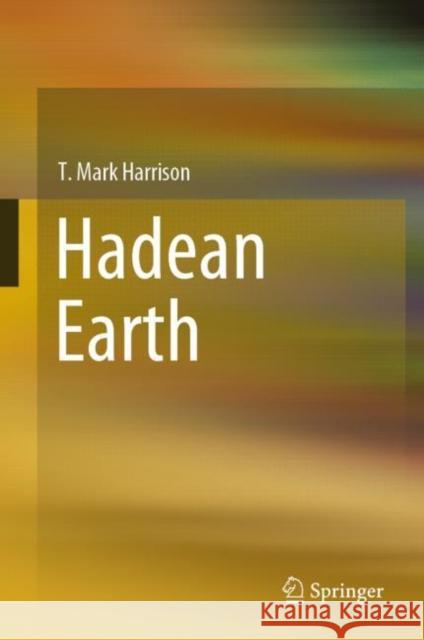Hadean Earth » książka
topmenu
Hadean Earth
ISBN-13: 9783030466862 / Angielski / Twarda / 2020 / 291 str.
Hadean Earth
ISBN-13: 9783030466862 / Angielski / Twarda / 2020 / 291 str.
cena 564,88
(netto: 537,98 VAT: 5%)
Najniższa cena z 30 dni: 539,74
(netto: 537,98 VAT: 5%)
Najniższa cena z 30 dni: 539,74
Termin realizacji zamówienia:
ok. 22 dni roboczych
Bez gwarancji dostawy przed świętami
ok. 22 dni roboczych
Bez gwarancji dostawy przed świętami
Darmowa dostawa!
Kategorie BISAC:
Wydawca:
Springer
Język:
Angielski
ISBN-13:
9783030466862
Rok wydania:
2020
Wydanie:
2020
Ilość stron:
291
Waga:
0.60 kg
Wymiary:
23.39 x 15.6 x 1.91
Oprawa:
Twarda
Wolumenów:
01
Dodatkowe informacje:
Wydanie ilustrowane











